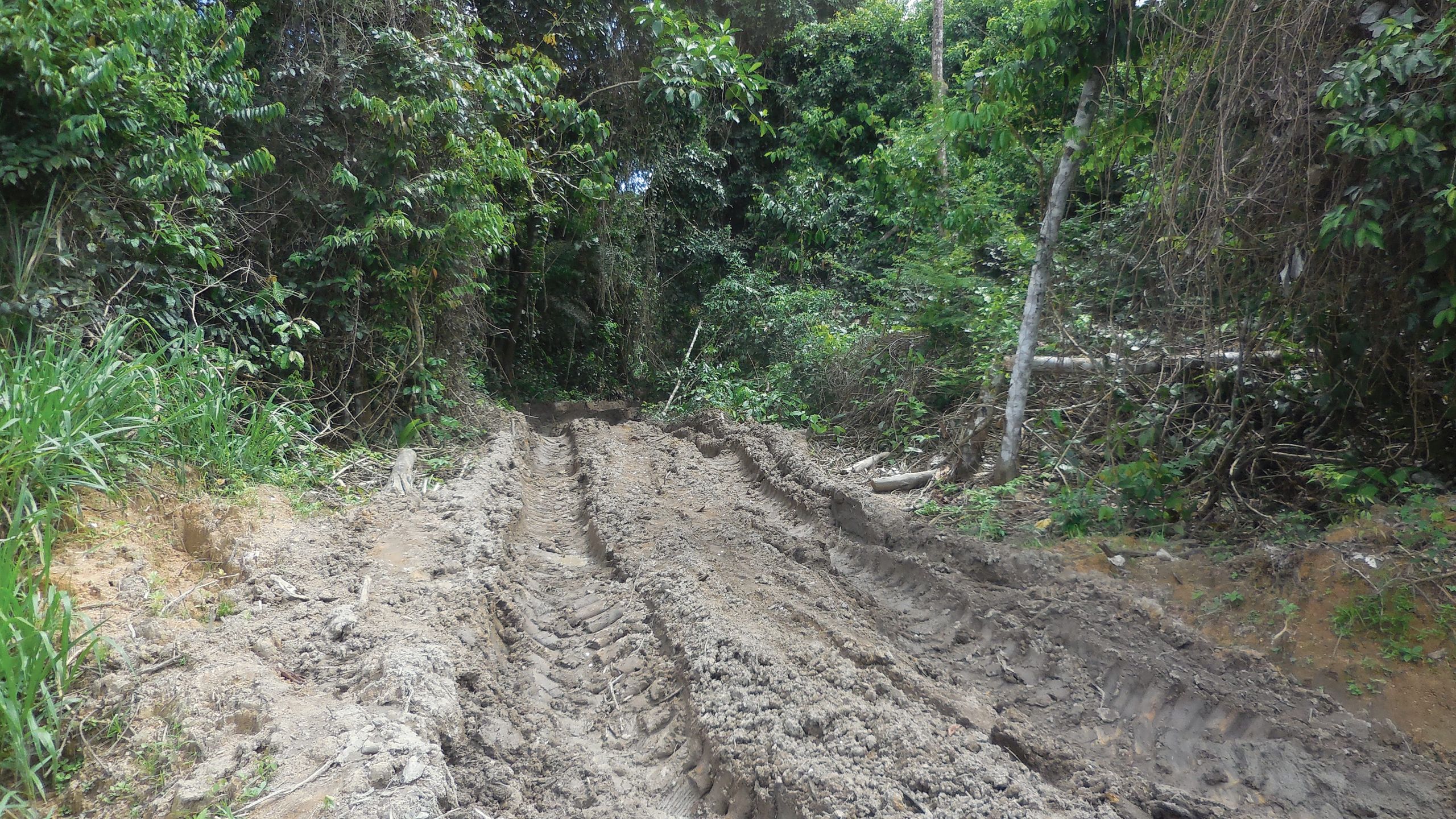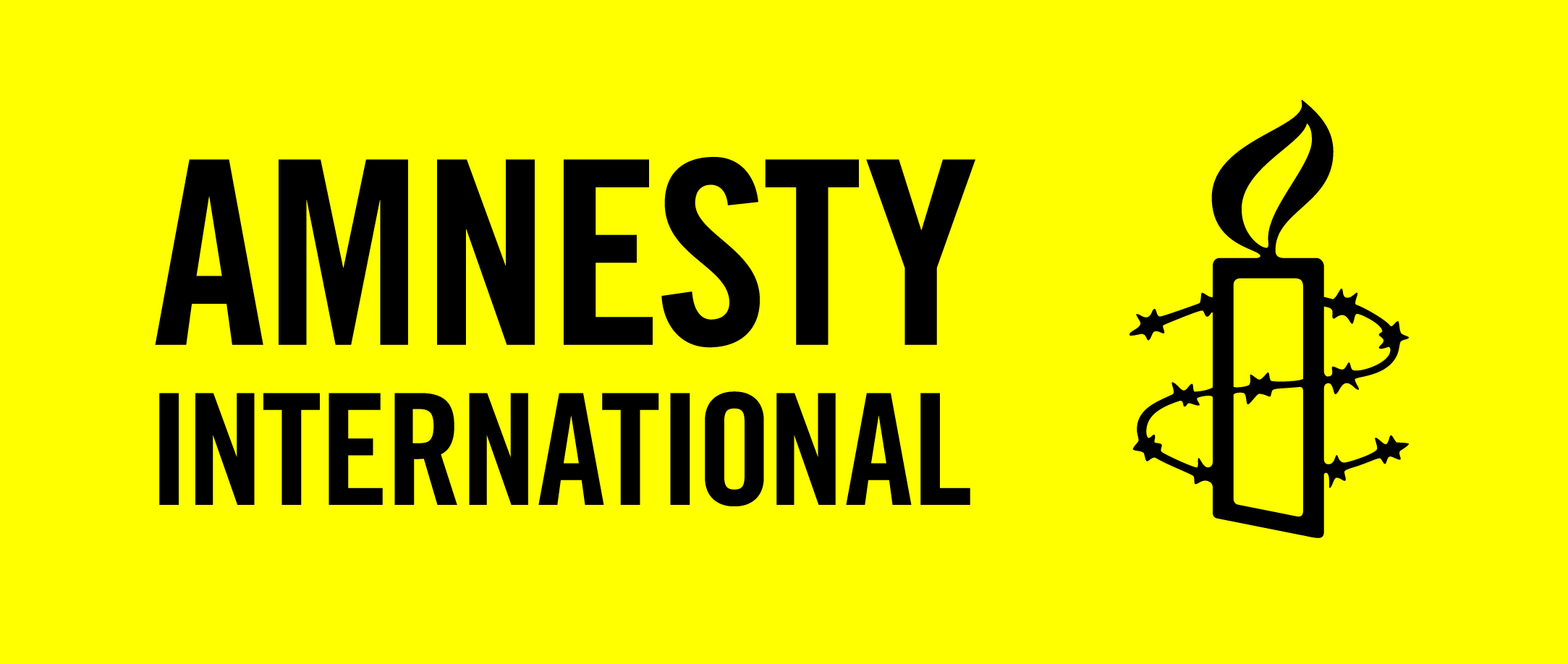Flashpoints in the Amazon
Indigenous peoples and the environment under attack in Brazil
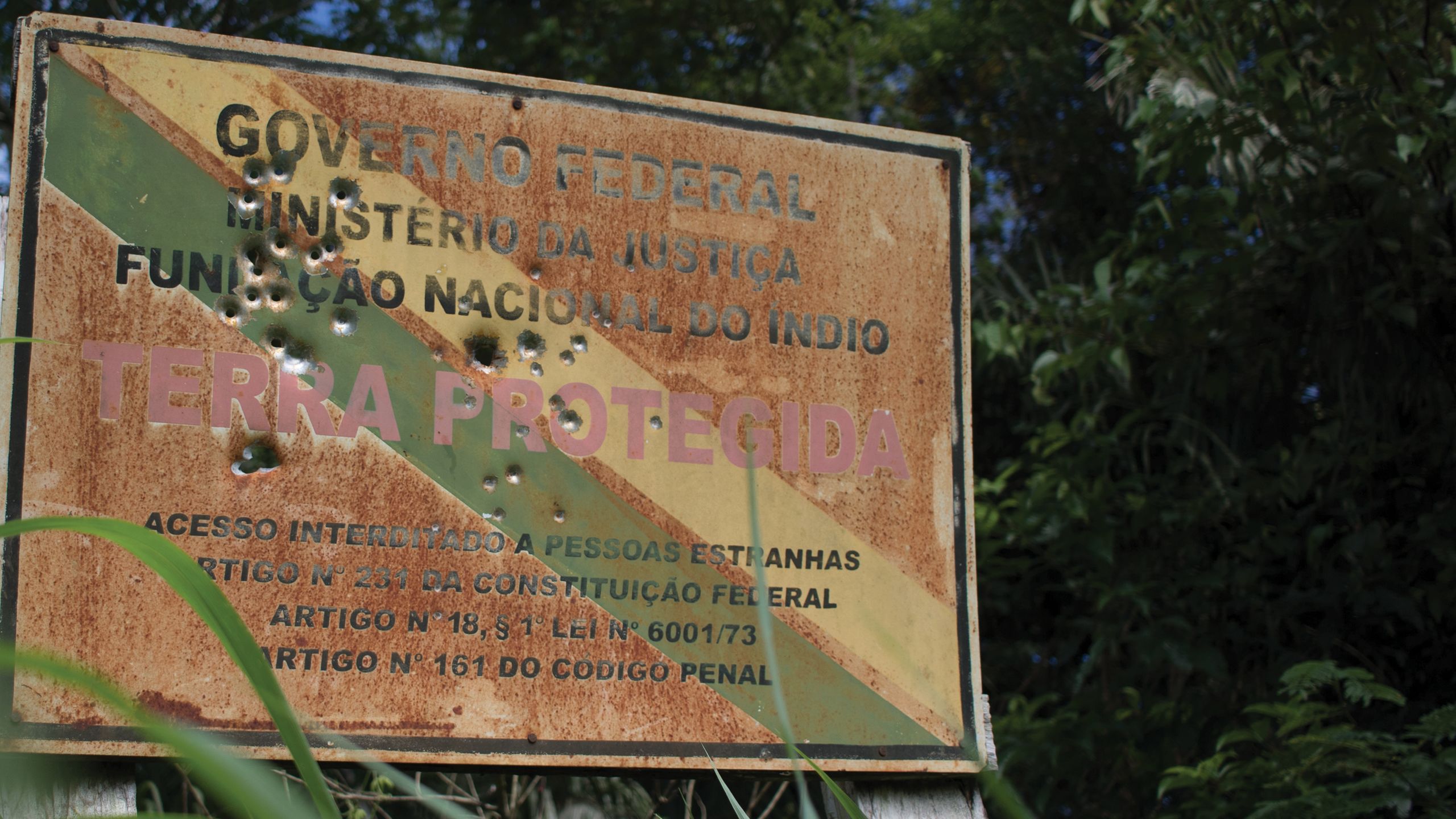
“When I heard about the invasion, I was scared because it is very close to the village. I had never seen one so close. I was afraid they would come here. I couldn’t sleep anymore. There were gunshots during the night for several nights. I was scared. I put the children to sleep, but I couldn’t sleep.”
22-year-old Uru-Eu-Wau-Wau Indigenous woman

Fear is palpable in the words of this 22-year-old Uru-Eu-Wau-Wau Indigenous woman whose community land was stormed by illegal invaders, in January 2019, near their village on the edge of the Amazon rainforest in Brazil. Since then, the tension has increased, with several fresh illegal land seizures and acts of intimidation.
In the same state, Rondônia, Karipuna Indigenous leaders have been receiving death threats:
“They [the illegal intruders] left a message that we [the Indigenous leaders] should not walk in their paths, we would disappear.”
Then, on 4 July, illegal loggers in another part of Rondônia set fire to a tanker truck sent to refuel helicopters being used by the Brazilian Institute of Environment and Renewable Natural Resources (IBAMA) to monitor a rise in deforestation in Indigenous territories.
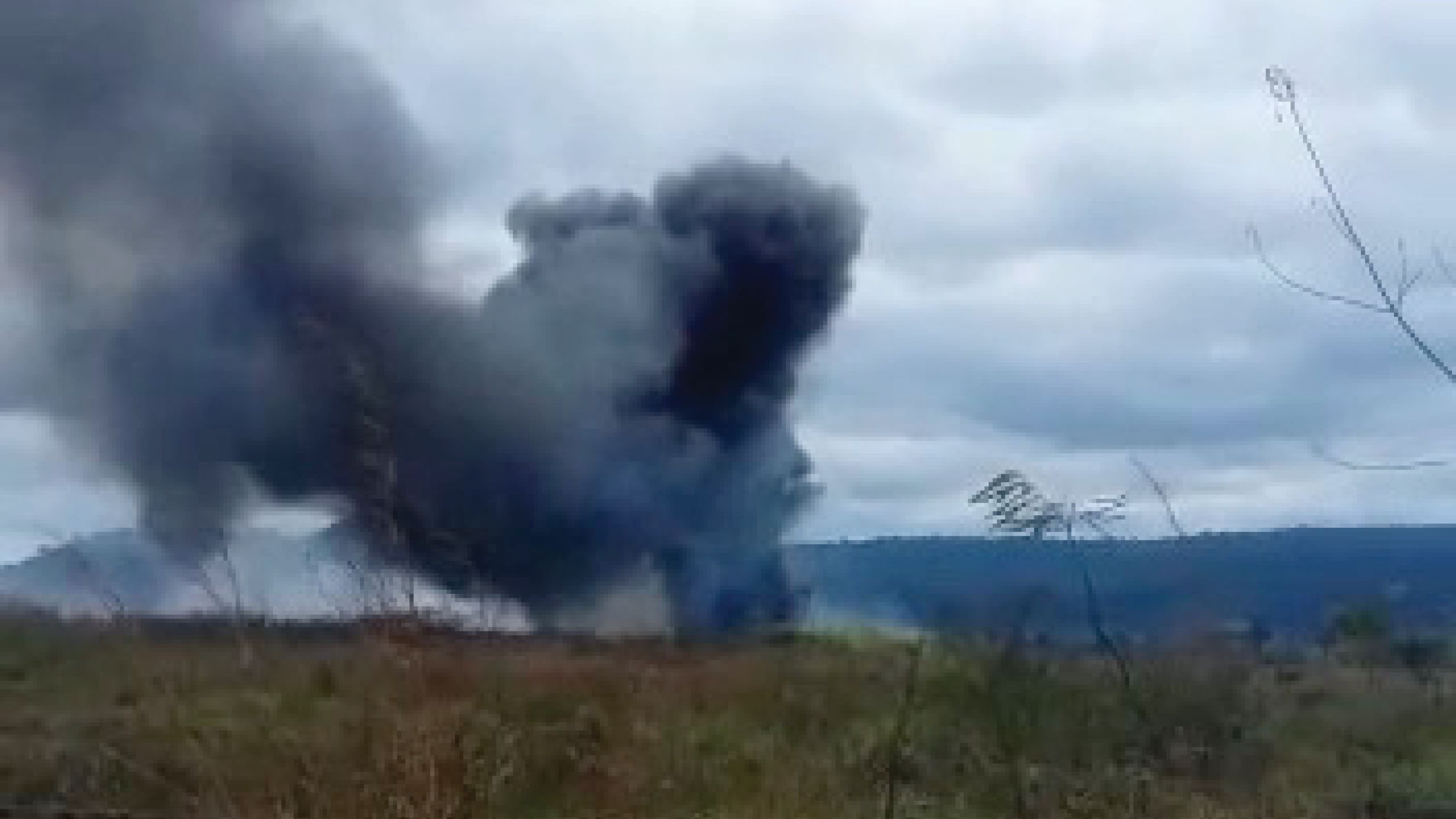
The arson attack sent a plume of toxic black smoke skyward and in its aftermath the towns of Boa vista do Pacarana and Espigão d’Oeste also became flashpoints in an escalating battle for control of Brazil’s Amazon region.
Many Indigenous communities are increasingly pitted against illegal loggers, miners and cattle ranchers who want access to their land and resources.
THE FRONT LINE
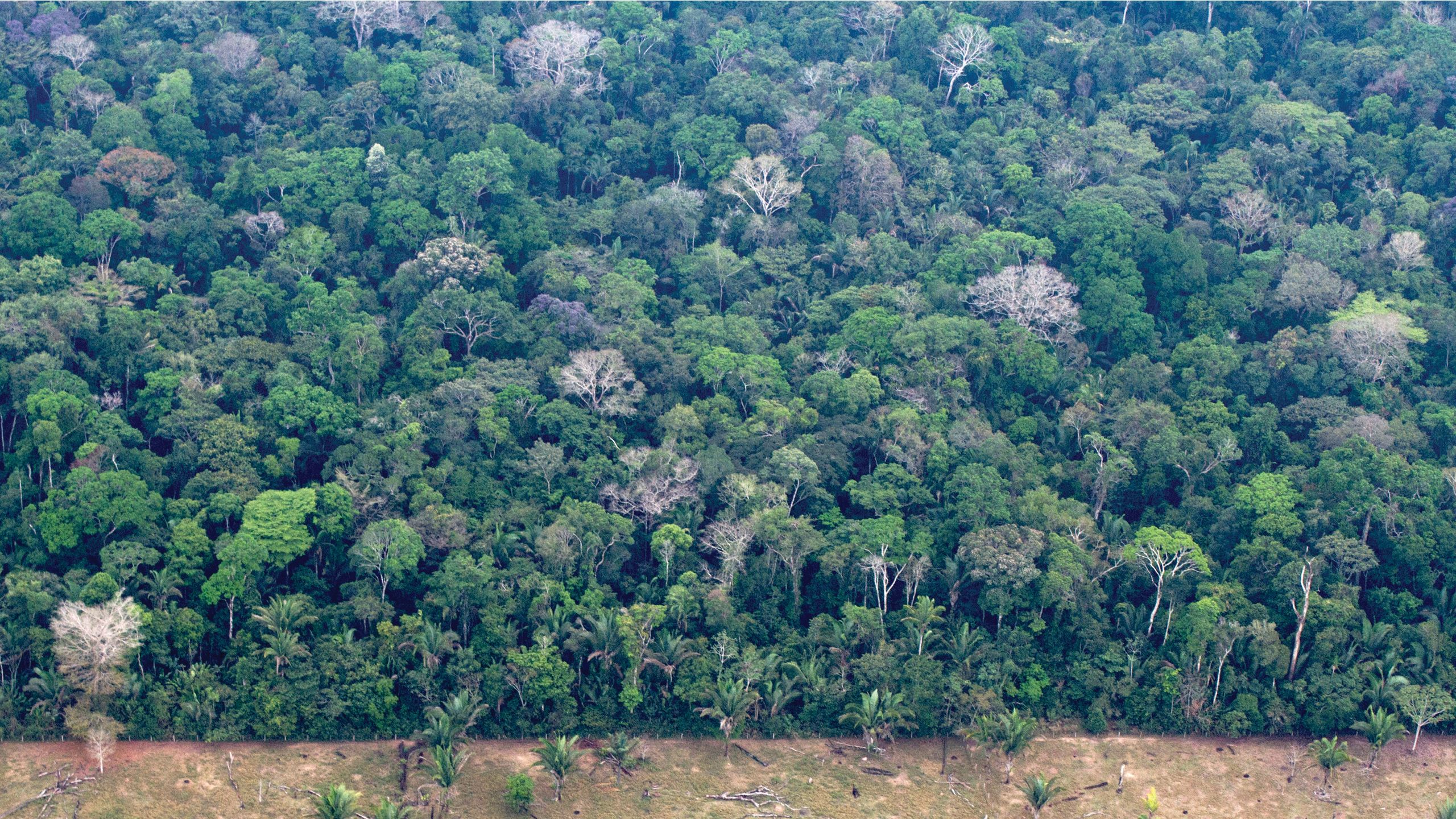
Galvanized by the destruction of its tanker, IBAMA responded with a show of force.
On 17 July, coinciding with a visit to the area by the Minister for the Environment, Folha de São Paulo reported the arrival of 30 IBAMA agents, 60 military police and 110 soldiers to set up camp in Espigão d’Oeste to guard against the rising threat of violence.
It was the agency’s boldest step yet under the presidency of Jair Bolsonaro, who has notoriously supported opening the Amazon rainforest up to exploitation.
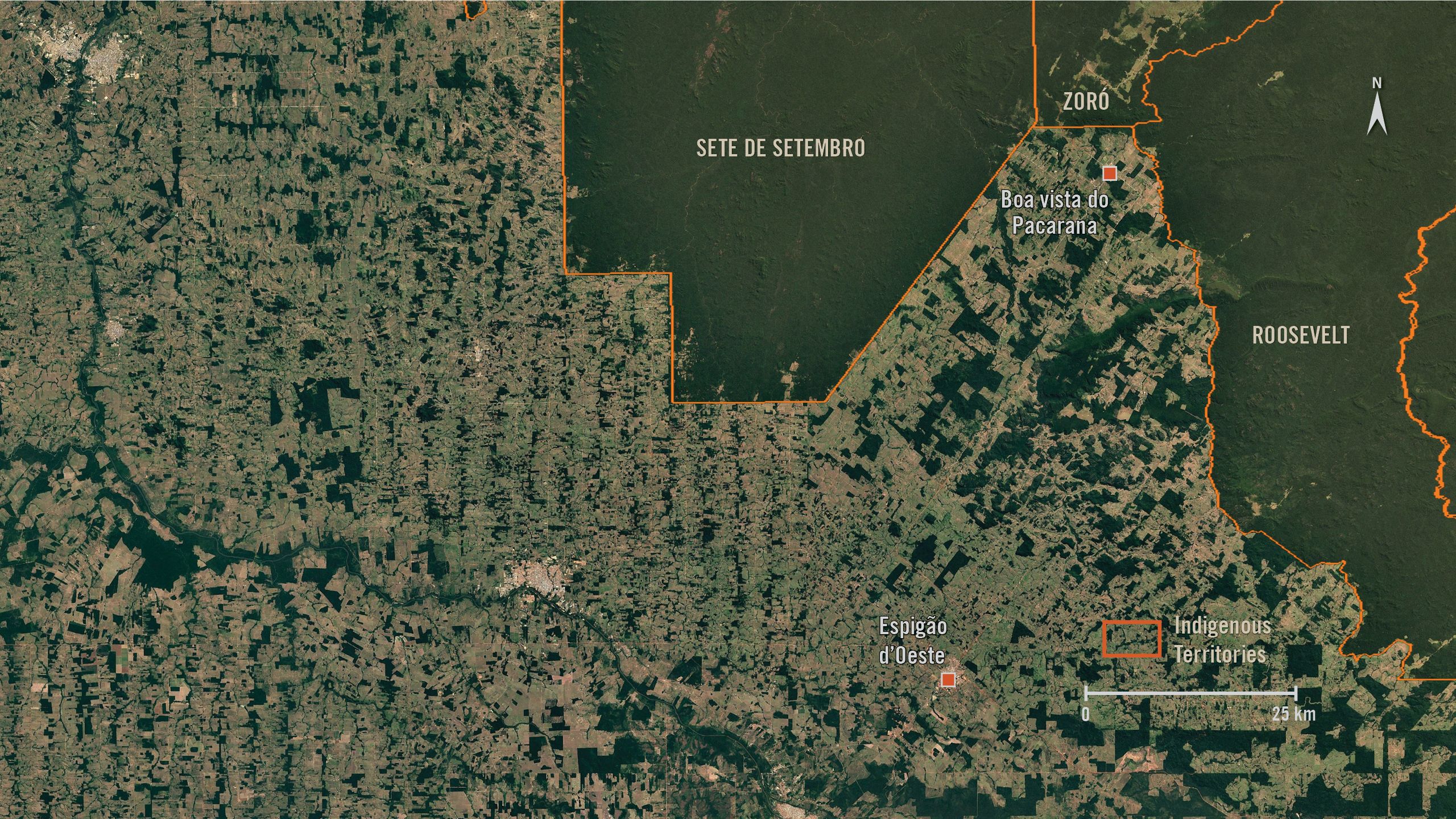
Indigenous territories are on the front line.
Along with Arara territory in Pará state, the Uru-Eu-Wau-Wau and Karipuna territories are among the most threatened Indigenous lands in the Brazilian Amazon. Amnesty International recently visited these territories to understand the situation on the front lines of Brazil’s environmental and human rights conflicts. In all three sites, illegal intruders had begun or expanded efforts to seize land and/or cut down trees. Indigenous leaders recounted receiving death threats for defending their traditional lands.

A boundary of Uru-Eu-Wau-Wau territory in Rondônia state, Brazil. Where traditional lands of Indigenous peoples are primary forests, the legal recognition of Indigenous territories can play a protective role against deforestation. © Gabriel Uchida
A boundary of Uru-Eu-Wau-Wau territory in Rondônia state, Brazil. Where traditional lands of Indigenous peoples are primary forests, the legal recognition of Indigenous territories can play a protective role against deforestation. © Gabriel Uchida
Government agents tasked with defending protected land also face increasing threats. In May, while repairing the road accessing Indigenous territory in Rondônia state, environmental agents were surrounded by over 30 men, some hooded. After a long and tense conversation, they were gone, but the message had been given.
In Pará state in July, local loggers are reported to have set fire to two bridges along the Trans-Amazonia highway in Placas, in retaliation for IBAMA’s inspection against illegal logging in the region near the Arara Indigenous territory.

Imagery from 16 July 2019, shows a burned bridge located 3 kilometres east of Placas. © 2019 CNES/Airbus
Imagery from 16 July 2019, shows a burned bridge located 3 kilometres east of Placas. © 2019 CNES/Airbus
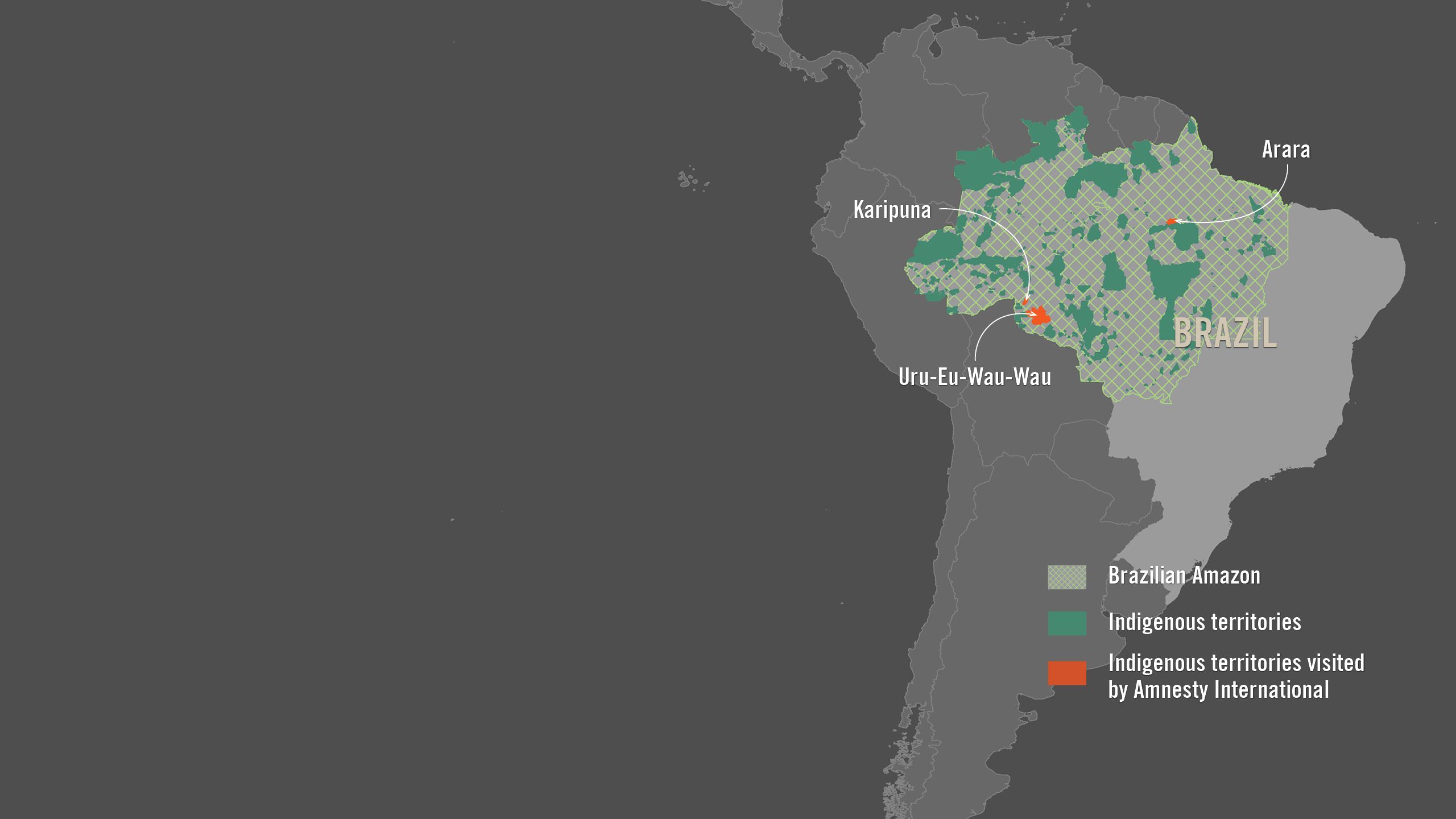
FAILURE TO PROTECT

The government’s track record on environmental protection and Indigenous rights has been woefully inadequate.
At the local level, government monitoring of protected lands – which was always insufficient – has been reduced even further under the new administration. Congress narrowly thwarted Bolsonaro’s attempt to hand over Indigenous land demarcation duties from Brazil’s National Indian Foundation (FUNAI) to the Ministry of Agriculture, a clear conflict of interest.

A marker from Brazil’s National Indian Foundation (FUNAI) indicates a boundary of the Uru-Eu-Wau-Wau territory in Rondônia state, Brazil. © Gabriel Uchida
A marker from Brazil’s National Indian Foundation (FUNAI) indicates a boundary of the Uru-Eu-Wau-Wau territory in Rondônia state, Brazil. © Gabriel Uchida
In June, FUNAI and other governmental bodies conducted a large operation against illegal logging and land seizures inside the Karipuna territory. But sporadic efforts will not curb the illegal invasions, and there still isn’t a long-term plan to protect the area.
Background image: Illegally logged timber in Uru-Eu-Wau-Wau territory in Rondônia state, Brazil. © Gabriel Uchida

In the meantime, some Indigenous communities have been left to patrol their territories themselves, running the risk of clashes with illegal intruders who usually outgun and outnumber them.
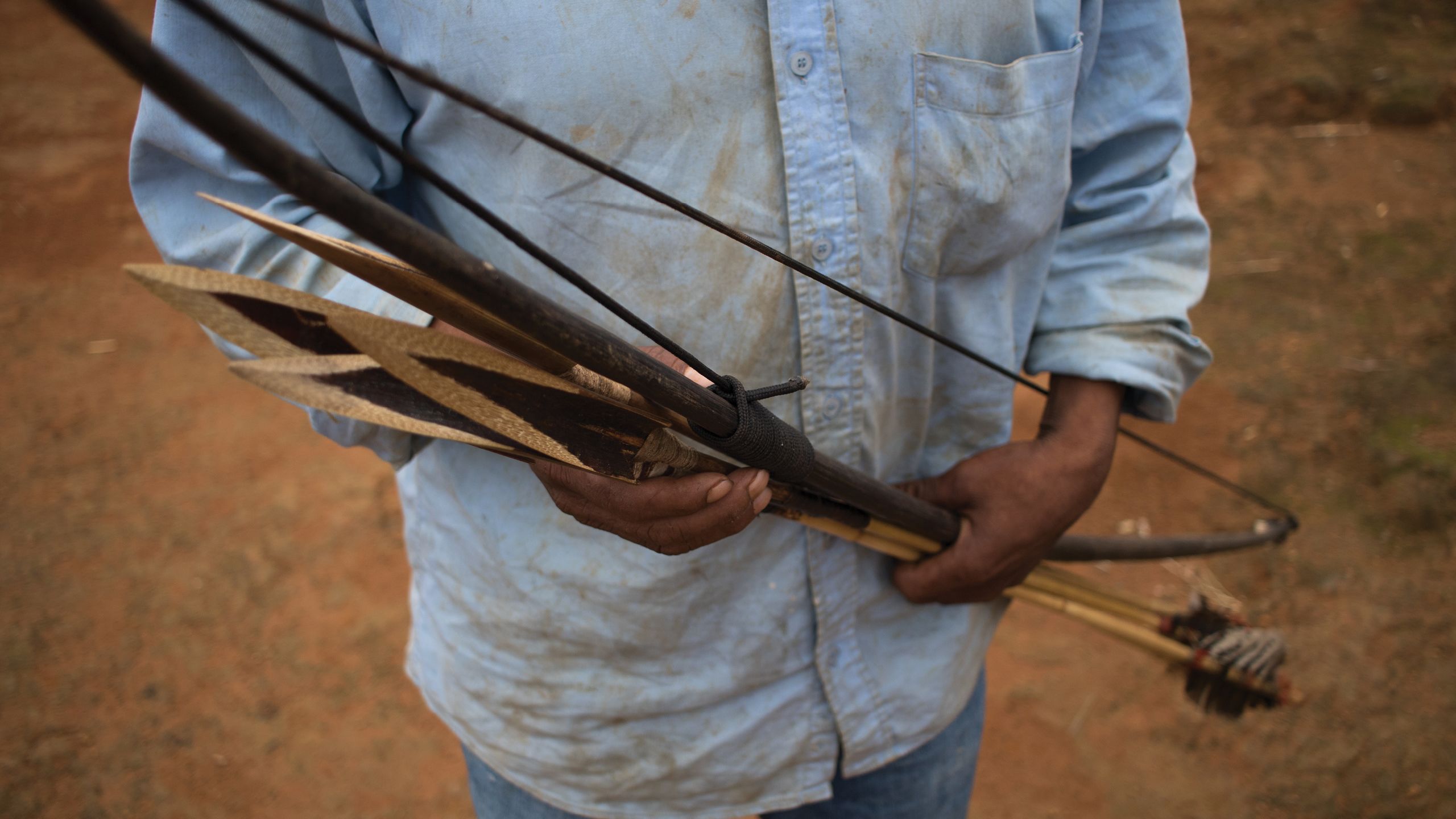
That risk has become more apparent when recently, Indigenous Waiãpi denounced the killing of a leader by miners in Amapá state in late July.

Map of the Waiãpi Indigenous territory
Map of the Waiãpi Indigenous territory
DEFORESTATION IN THE NAME OF 'DEVELOPMENT'

At the national level, President Bolsonaro’s hostility towards environmental protection and Indigenous territories is a dog-whistle strategy to encourage illegal land seizures. He has said the demarcation of Indigenous lands and environmental reserves hinder development. Bolsonaro’s aims are clear: driven by an eagerness to profit on international markets, he wants to further open up the Amazon to mining and agribusiness activities such as cattle ranching.

Not surprisingly, deforestation rates in Brazil’s Amazon are soaring. Indigenous peoples and their lands are particularly at risk. The NGO Imazon has reported the loss of 62 km² of forest inside Indigenous territories during the first half of 2019, up by over 20% over the same period in 2018. In the three territories Amnesty International visited, the outlook is particularly dire – deforestation in these areas in 2019 is double over the same time period in 2018. The peak period for deforestation has just started and this year more than 7 km² have already been cut down within the three Indigenous Territories.
Deforestation visible in satellite imagery in Karipuna Indigenous territory since 7 February 2019. © 2019 Planet
And things seem likely to get worse. Earlier in July the key state of Pará enacted, without public debate, a controversial law that encourages illegal land seizures, aggravating deforestation and rural violence in one of the states where land conflicts are most deadly.
“Unless FUNAI and other authorities step up the fight against illegal land seizures and logging, violent clashes between Indigenous peoples and intruders are incredibly likely,” said Richard Pearshouse, Head of Crisis and the Environment at Amnesty International. “Protecting the human rights of Indigenous peoples is key to preventing further deforestation in the Amazon. The international community should be watching carefully and supporting those Indigenous communities on the front lines of the fight to protect the world’s most precious forests.”
